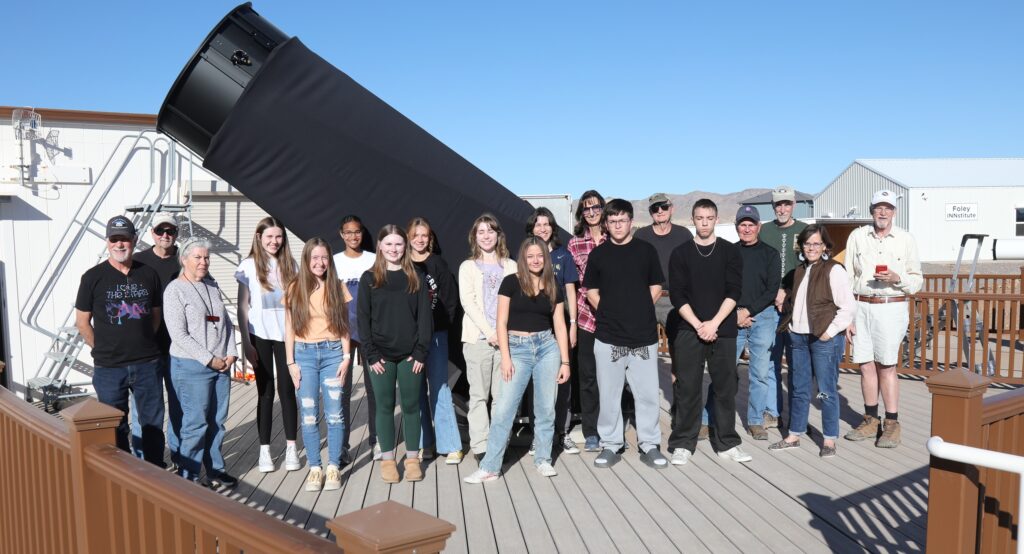
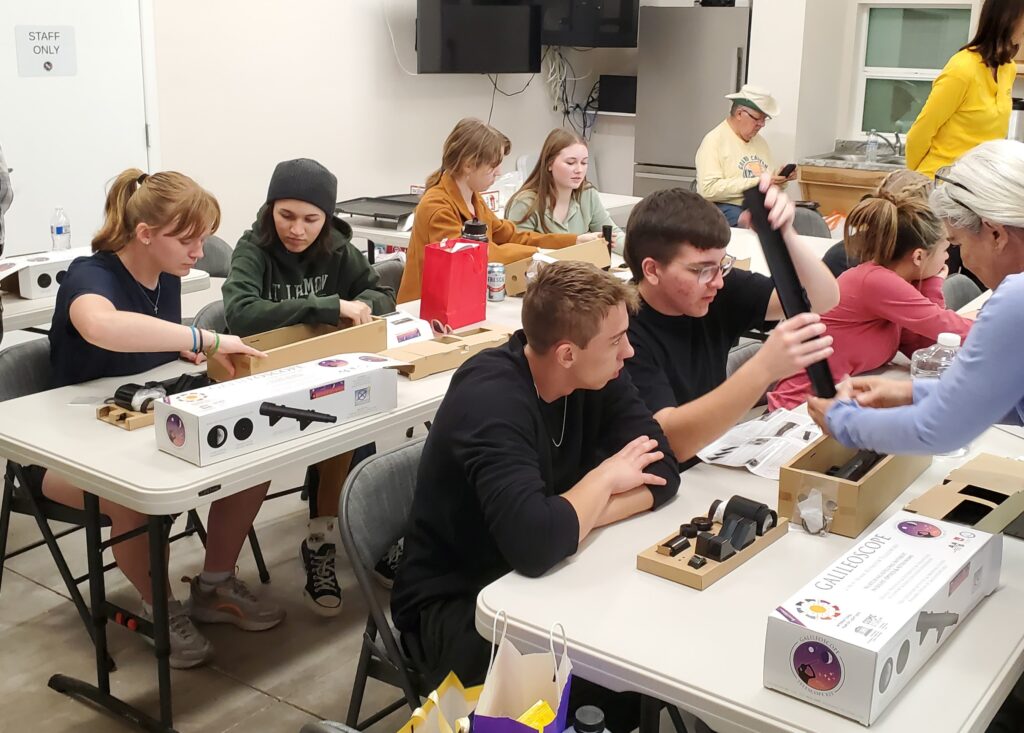
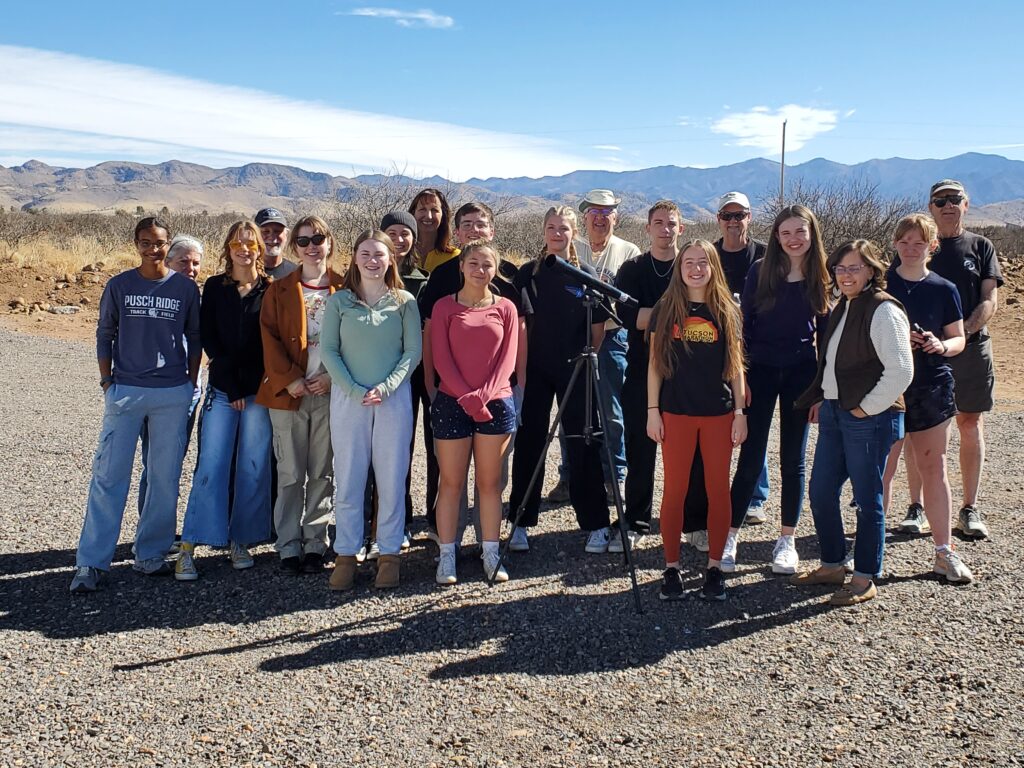
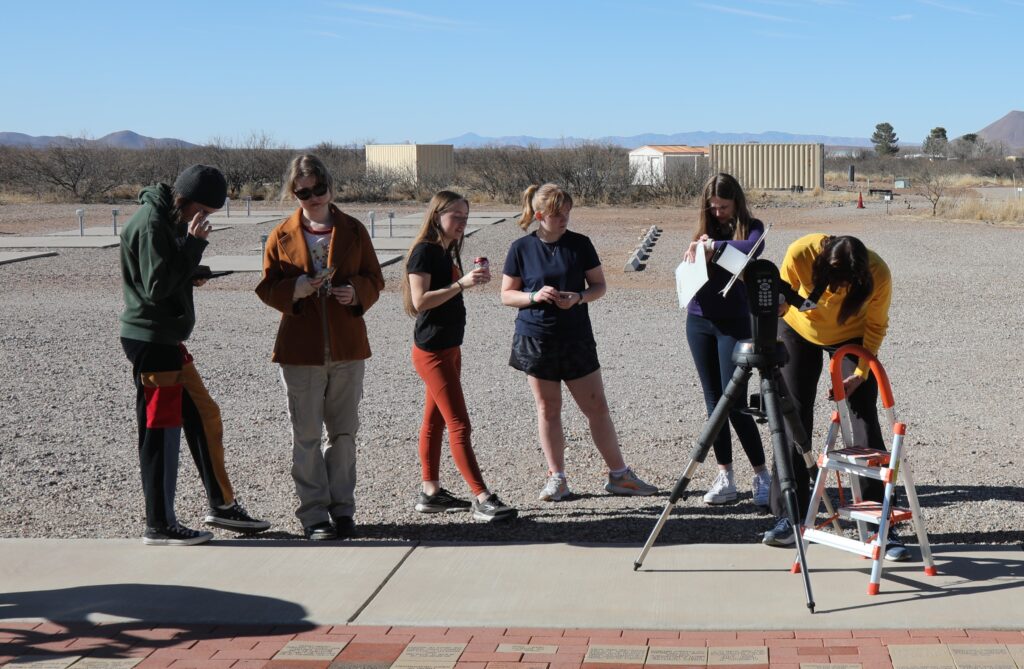
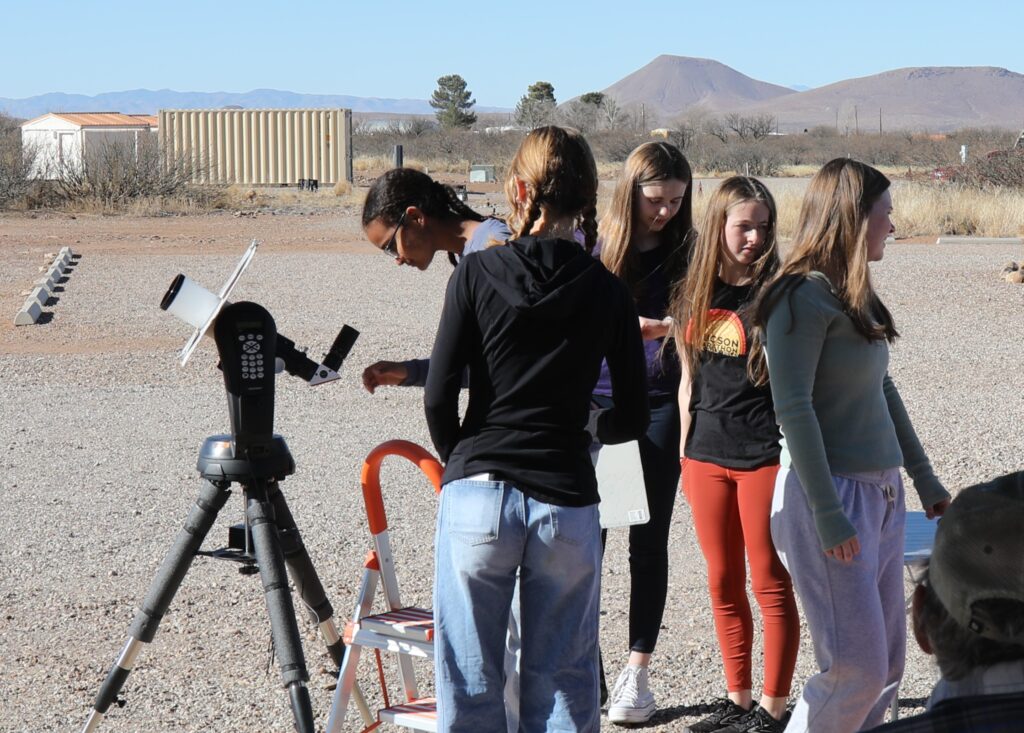
By Erich Karkoschka

Mercury starts its good evening visibility on the 21st, lasting until March 14. You can find it looking low straight west around 7 pm.

Saturn is getting close to the sun and is only visible until the 21st. On the 25th, it can be found 2 degrees south of Mercury in binoculars. Saturn’s rings become very thin, only one arc-second wide. In March, Earth will move to the south side of the rings for the next 14 years.

Venus obtains its all-time maximum magnitude of -4.9. Its brightness makes it possible to find during daytime if the sky is very clear. Around 3 pm it is 60 degrees high in the south. By sunset, it still is 40 degrees high. Telescopes show a growing crescent in size, to 40 arc-seconds, but getting thinner with only 16% illumination. It is moving toward its inferior conjunction on March 20.

Jupiter transits 80 degrees high around 7 pm near Aldebaran. Its size is comparable to that of Venus, but its magnitude is only -2.4, which is still a magnitude brighter than Sirius, lower in the sky.

Mars shines at magnitude -1 near Pollux. It transits 84 degrees high around 10 pm. Its 13 arc-second disk still shows good detail in telescopes.

Uranus is visible in binoculars 6 degrees south of the Pleiades, visible during the evening.
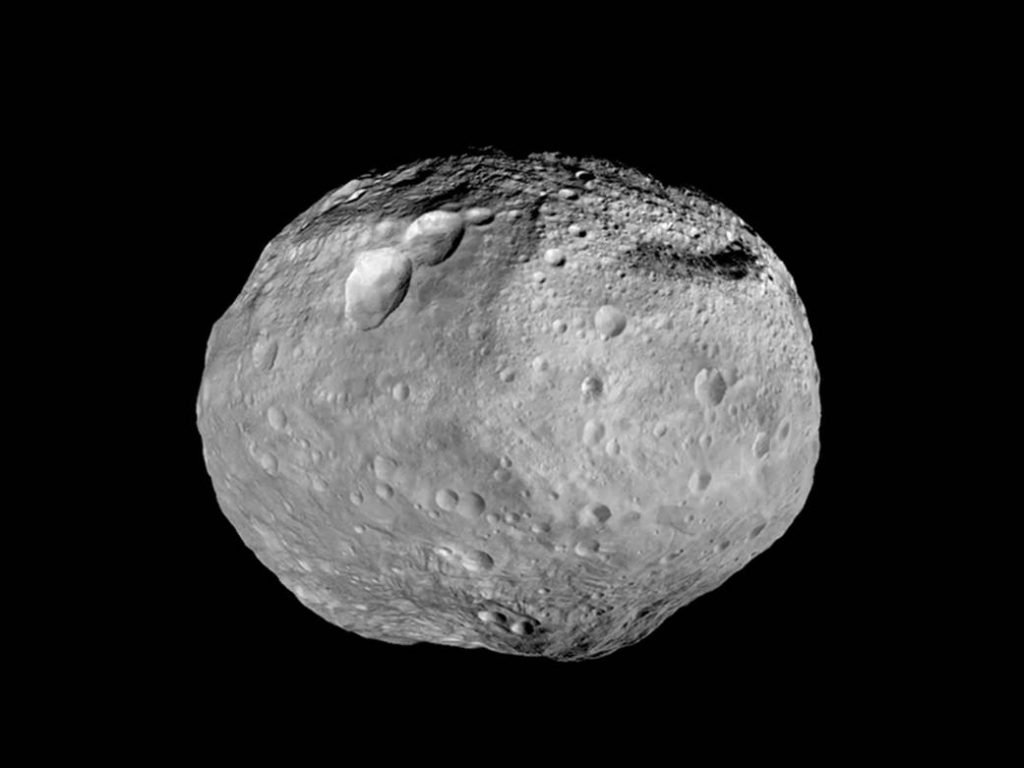
Vesta brightens to above magnitude 7, starting a good visibility period this spring. It rises just before midnight in Libra.

The very young moon will be visible on the last day of February. It will be only 24 hours after New Moon. You can find it shortly after sunset near the horizon about 5 degrees left of straight west. The following Full Moon on March 14 will bring a TOTAL LUNAR ECLIPSE.